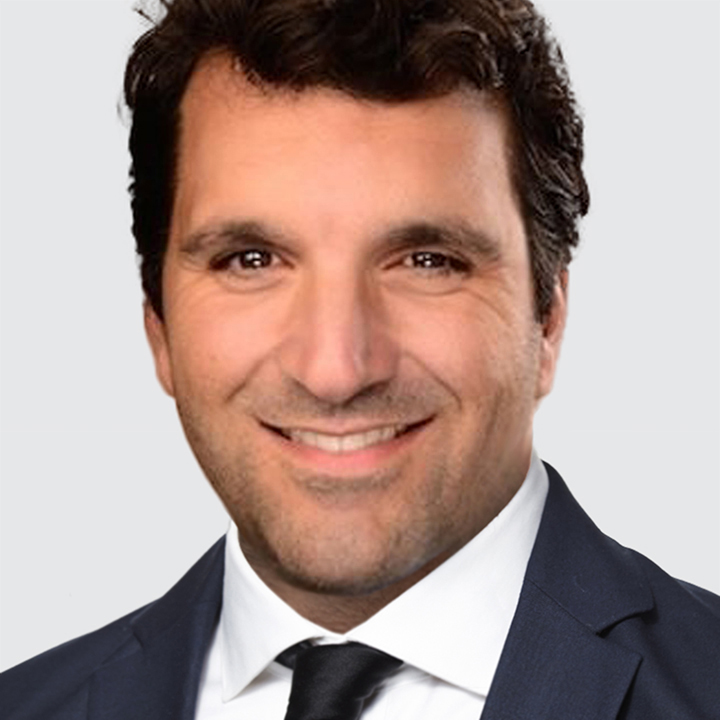US
USD slips across the board. Treasury yields are drifting lower along with other major sovereign bond yields. Global equity markets are up. Gold is making new record highs. Underpinning these market moves is the threat of a US government shutdown on Wednesday that could potentially lead to a more dovish Fed. If a shutdown is brief, the Fed will largely ignore it. However, a prolong shutdown (more than two weeks), increases the downside risk to growth and raises the likelihood of a more accommodative Fed.
We expect USD to range trade until Friday’s US jobs data. The labor market data is the most important driver for the Fed and the most critical data for monitoring downside risks to the economy now. As such, if labor demand remains weak, the swaps curve will adjust lower against USD. But if labor demand recovers more than expected, upside for USD is limited, because the swaps curve already implies a cautious Fed easing cycle. 3-year swaps rates are trading above the FOMC’s median 2027-2028 funds rate projections.
JAPAN
USD/JPY is down near 148.50 after testing important psychological resistance near 150.00 on Friday. Bank of Japan (BOJ) board member Asahi Noguchi said “the need to raise rates is increasing more than ever.” Recall, at the September BOJ meeting two of the nine board members (Takata Hajime and Tamura Naoki) favored a 25bps hike to 0.75%. Nogushi’s comment suggests the bar for the BOJ to resuming normalizing rates is low which bodes well for JPY. Our base case is for the BOJ to raise rates again at the next October 30 meeting (64% priced-in).
ISRAEL
USD/ILS is eyeing key support at 3.3000. Bank of Israel is widely expected to keep rates steady at 4.50% (2:00pm London, 9:00am New York). The bank can afford to keep rates on hold a bit longer. The economy is recovering after contracting -3.5% SAAR in Q2 due to the Iran operation and inflation (2.9% y/y in August) is still close to the upper bound of the 1%-3% target range. In July, bank researchers estimated the policy rate to average 3.75% in Q2 2026. The swaps market is also pricing in 75bps of total easing over the next 12 months that would see the policy rate bottom at 3.75%.

